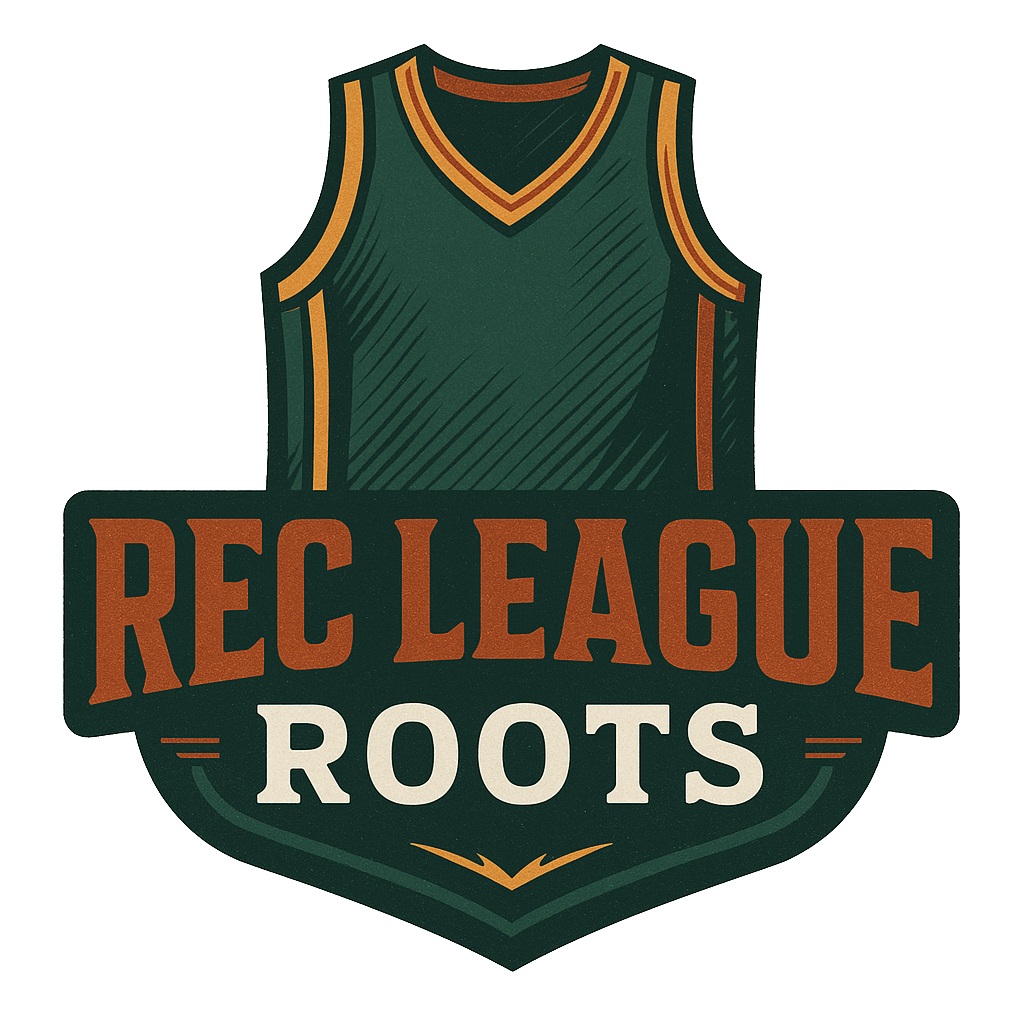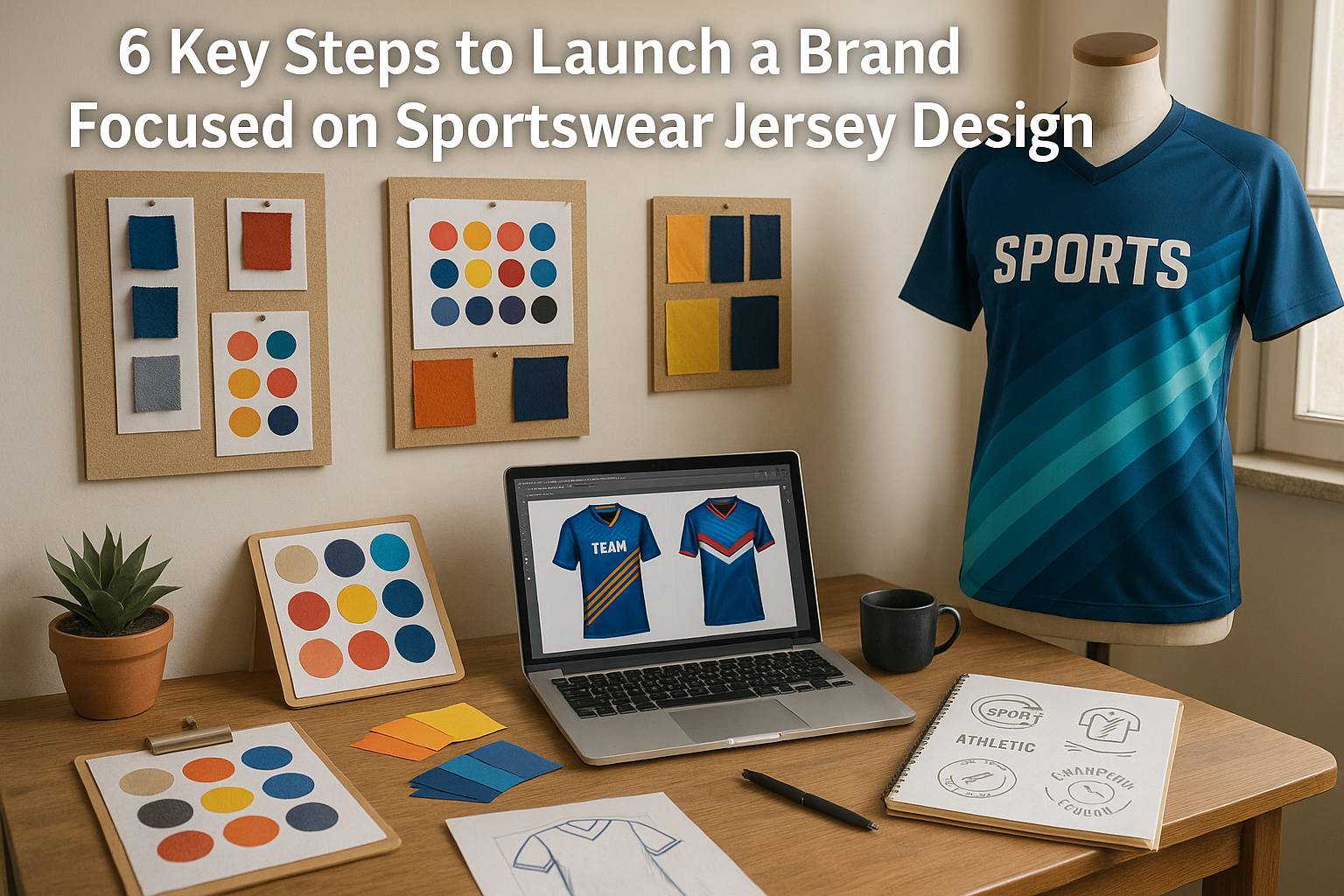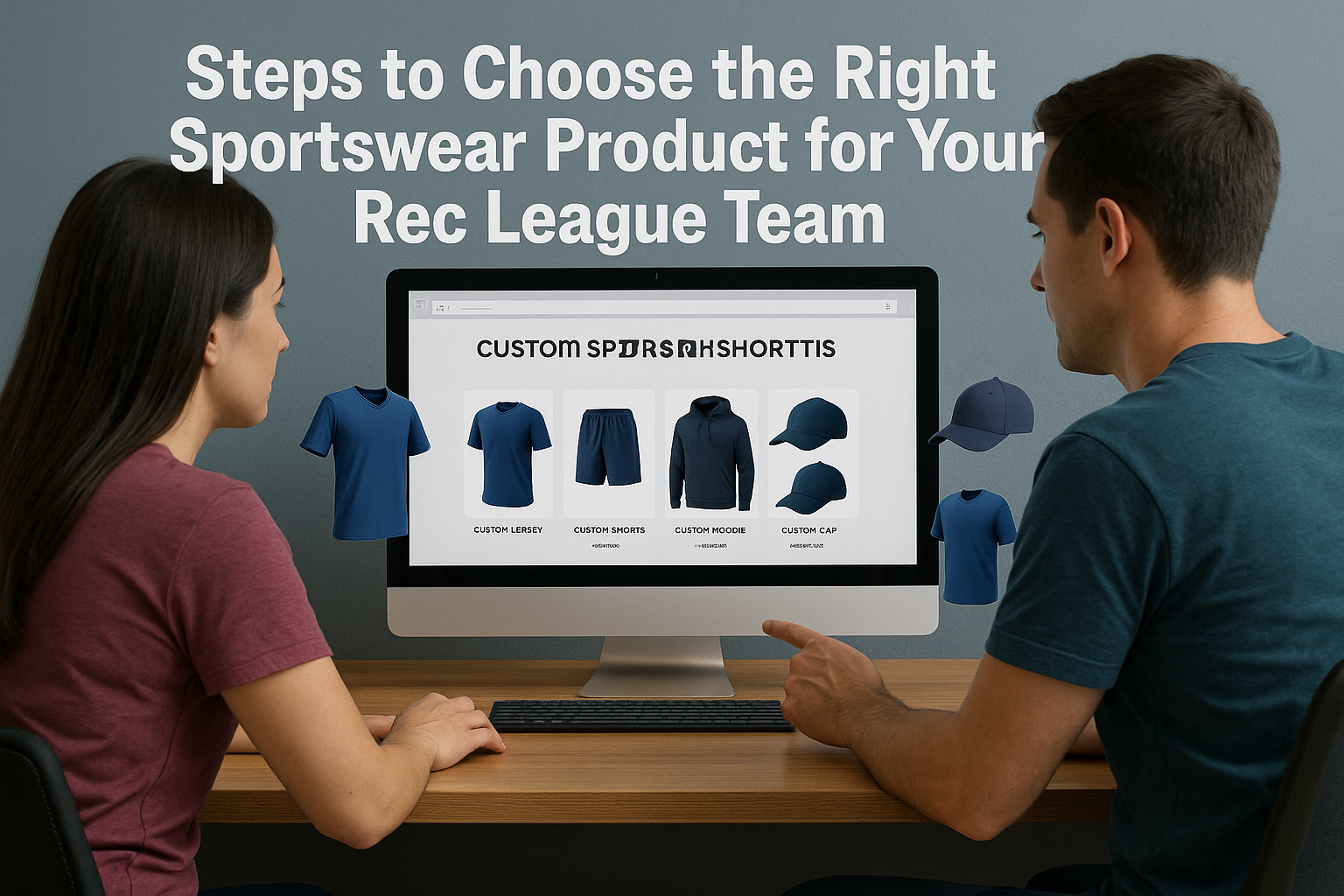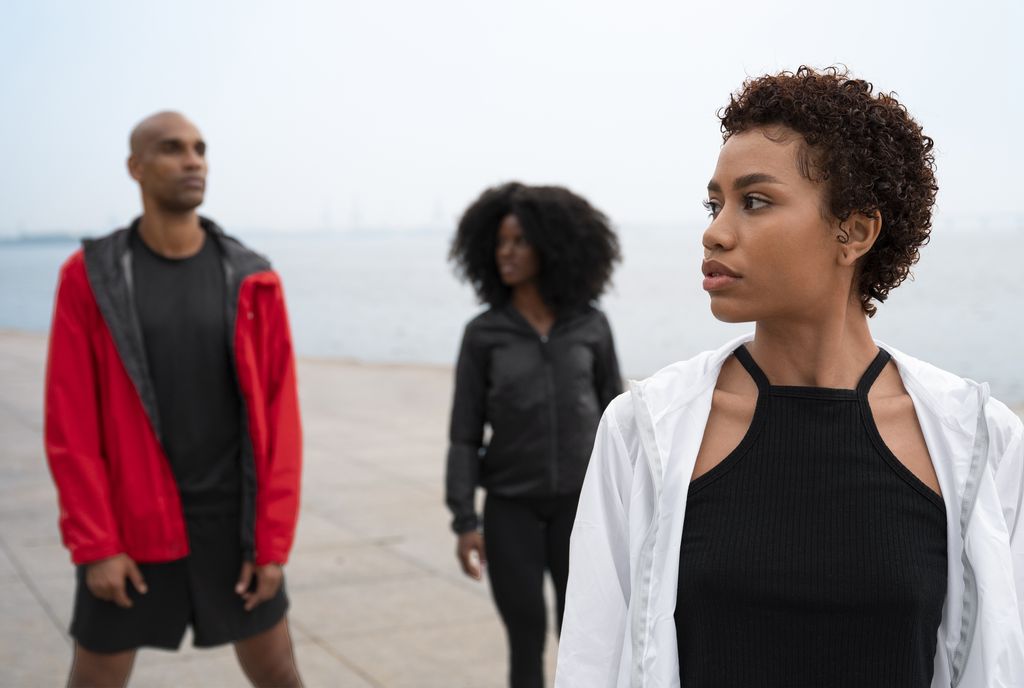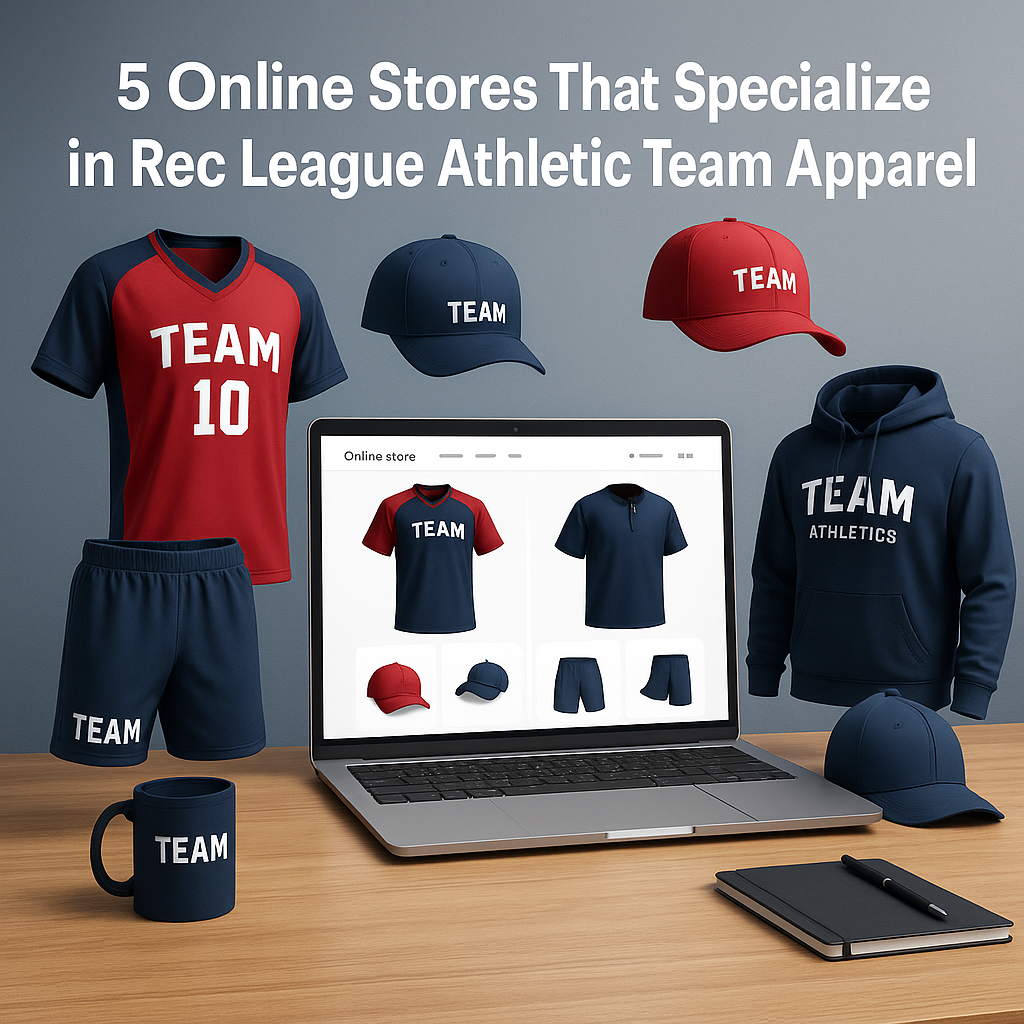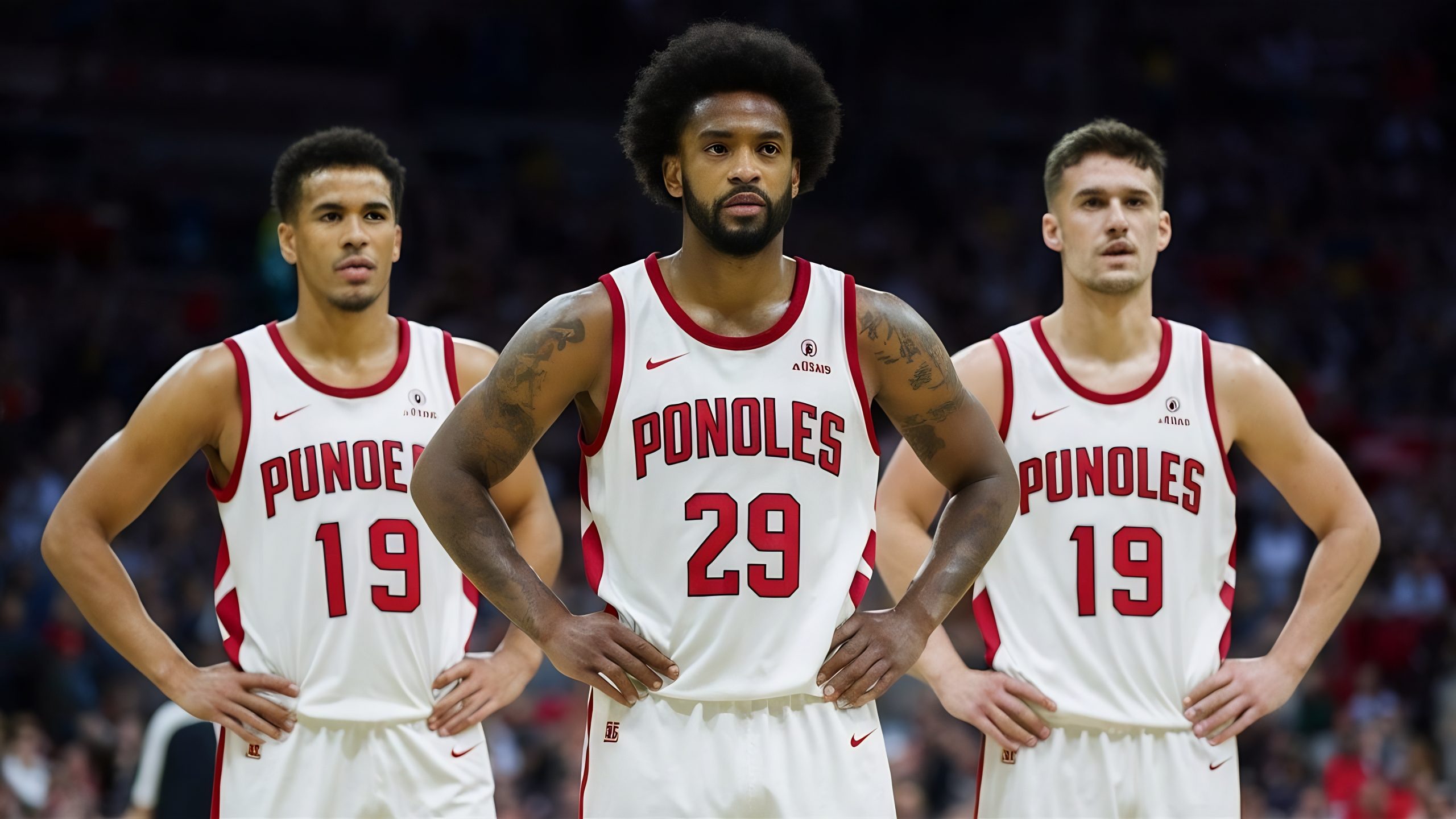Welcome to Rec League Roots, where local sports culture meets top-tier apparel craftsmanship. Today, we’re diving into how you can launch a brand centered around sportswear jersey design. Jerseys are more than just uniforms—they’re statements of team unity, fashion, and performance.
With a growing global market for custom sports clothing projected to reach US$ 475,689.7 million by 2034, there’s never been a better time to carve out your niche. Whether you’re a designer, team founder, or weekend athlete, these six key steps will guide you through market analysis, brand identity, sustainability, production, marketing, and continuous improvement. Let’s get started!
Step 1: Market Analysis for Sportswear Jersey Design
Before you jump in, you need to grasp the opportunities and challenges in the sportswear jersey design industry. This involves researching consumer preferences, new technologies, and overall industry trends.
First, study the numbers. According to Gitnux.org, 65% of sportswear companies are investing heavily in AI to personalize consumer experience. This AI-driven personalization has driven up online sales by 30%. Also, retro and vintage soccer jerseys have become 300% more popular since 2018, indicating a strong appetite for nostalgic designs. If you plan to focus on custom printing, keep in mind that 60% of all jersey sales involve customized names and numbers.
Next, identify your competitors and potential collaborators. You might look at companies like Nike, Adidas, and Under Armour to see how they integrate performance technology into their jersey offerings. Organizations like the Sustainable Apparel Coalition can give you insight into environmental strategies, while platforms such as Sportswear International can keep you updated on industry trends. As you map out your competitive landscape, take note of how major brands use AI-driven design tools and sustainable materials to stand out.

Step 2: Building a Unique Brand Identity for Sportswear Jersey Design
A compelling brand identity helps your jerseys resonate with both athletes and fans. This identity includes your mission, vision, and visual style—everything that influences a customer’s perception of your brand.
First, decide what you stand for. Are you focusing on eco-friendly methods, or do you prioritize cutting-edge performance materials instead? Sustainability is growing in importance. In fact, 40% of top-tier soccer jerseys use eco-friendly materials, and 19% of U.S. consumers consider sustainability when buying sporting goods. Tailoring your brand to champion recycled polyester, organic cotton, or advanced moisture-wicking fabrics can set you apart.
Then, plan your visual elements. Collaborate with a graphic designer or use a tool like Adobe Illustrator to develop a strong logo and color scheme. If you prefer a more immersive approach to prototyping, CLO 3D lets you simulate jersey designs virtually before committing to production. Also, consider adopting bold color blocking—a recent trend that helps jerseys pop on the field. Remember: a striking brand identity combined with consistent marketing is essential for standing out in a busy sportswear jersey design market.
Step 3: Creating Sustainable and Functional Sportswear Jersey Design
Modern teams want apparel that balances performance with eco-friendly considerations. Whether you’re producing for youth leagues or adult rec teams, design decisions should reflect both aesthetics and function.
Focus on Comfort and Performance
Comfort remains the top priority for 53% of U.S. consumers when purchasing sporting goods. One way to fulfill this need is by using moisture-wicking fabrics that keep athletes dry. Sublimation printing also provides vibrant and long-lasting colors that won’t peel or fade. You can create stylish yet practical jerseys for weekend leagues or professional teams by choosing materials that help players move freely while standing up to tough conditions.
Embrace Sustainability Trends
In addition to performance features, consider integrating recycled polyester or other eco-friendly fabrics. According to Gitnux.org, eco-friendly materials are used in 40% of top-tier soccer jerseys. This number is steadily growing as more players and fans become environmentally conscious.
You can look to brands like Adidas, which use recycled plastics in their jerseys, for inspiration. If you partner with printing companies like Kornit Digital or Ricoh, you’ll also find direct-to-garment solutions that reduce water waste. These companies offer cutting-edge technologies such as MAX Poly printing, enabling detailed designs on polyester while keeping sustainability in mind.
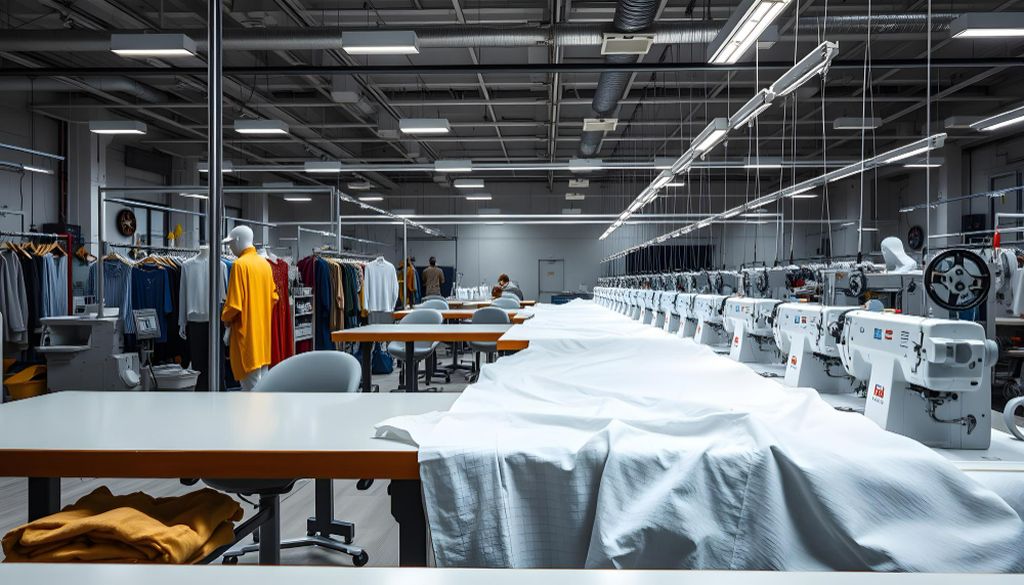
Step 4: Manufacturing and Production for Sportswear Jersey Design
After developing your brand identity and design concepts, it’s time to set up manufacturing. Production approaches vary, from large-scale factories to on-demand printing services. No matter the path, ensuring quality control is vital.
Choosing Production Tools and Resources
Look into resources like Trello or Techpacker to stay organized. Techpacker lets you create and manage tech packs, which detail construction specifics for each jersey. Precise tech packs prevent errors and speed up manufacturing. For color consistency, the Pantone Color Finder helps you match and reference colors accurately.
If you prefer minimal inventory, services like Printful or Custom Ink offer print-on-demand solutions, which is ideal for smaller leagues or boutique brands. Larger-scale operations might use direct-to-factory approaches, ensuring you can respond quickly to market changes. AI tools can refine design details even before actual production, and with personalization up by 30%, custom jerseys can help you capture a unique segment of the market.
Quality Assurance and Scalability
Before distributing jerseys, run small tests for durability. Ensure your sublimation printing is consistent and your stitching can withstand physical strain. High school sports participation has grown significantly over 50 years, indicating a sustained demand for tough, long-lasting uniforms. With success locally, you might scale operations globally—especially given the sports clothing market’s expected CAGR of 4.20% from 2024 to 2034.
Step 5 and 6: Marketing Your Brand and Continuous Improvement
Once the jerseys are made, you’re only halfway done. Effective marketing will position your sportswear jersey design brand for growth, and continuous improvement keeps you relevant for years to come.
Marketing Your Sportswear Jersey Design Brand
• Build a Story: Share behind-the-scenes looks at your manufacturing process, from fabric selection to eco-friendly steps. Fans and athletes love authentic narratives.
• Tap Online Platforms: Social media is great for showcasing your jersey concepts, collecting pre-orders, and updating customers. Platforms like Instagram and TikTok let you engage fans with short videos and eye-catching images.
• Local Partnerships: Sponsoring local rec teams or youth leagues can drive brand recognition. Over one-third of kids played team sports in 2016, laying the foundation for team uniform culture. This approach allows your jerseys to be seen by players, parents, and the community.
• Leverage Trends: Retro and vintage designs are on the rise, drawing a 300% increase in popularity since 2018. If this fits your brand identity, emphasize nostalgic styles that captivate both longtime fans and newcomers.
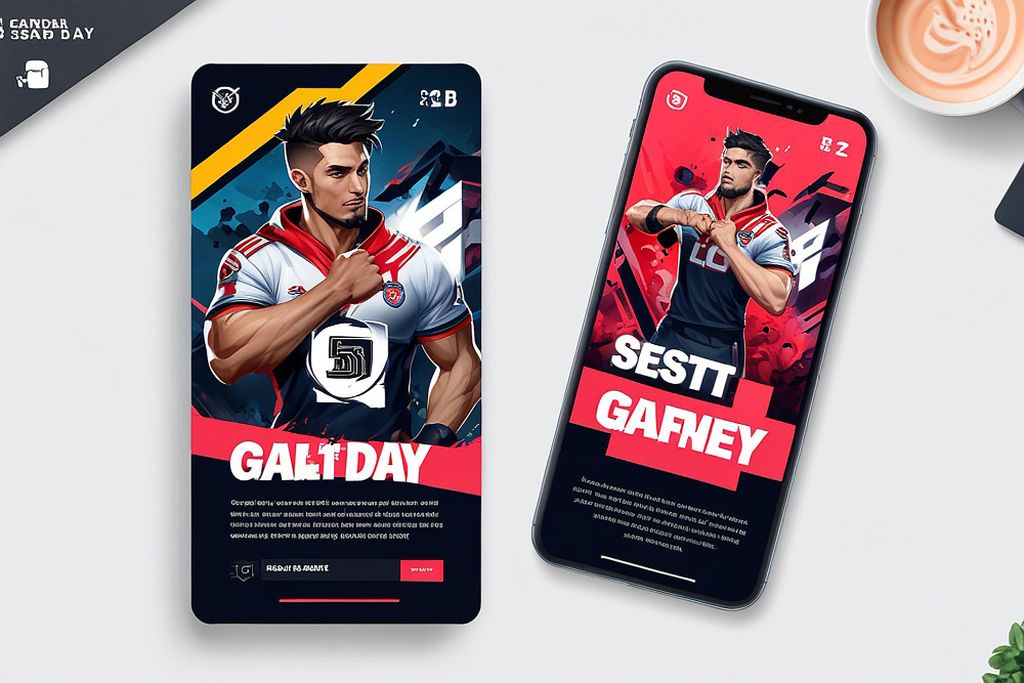
Continuous Improvement
The sportswear jersey design market evolves quickly. Stay updated on new printing technologies (like direct-to-polyester solutions) and research changing consumer tastes. Encourage feedback from teams, coaches, and fans to guide your product tweaks.
By listening to user input, you can refine fabric choices, explore new colorways, or incorporate the latest trends in sustainable materials. Also, keep your eye on AI-driven personalization—65% of sportswear companies are investing in it. Personalized user experiences, from online fit recommendations to custom color suggestions, can give you a competitive edge.
Conclusion
Launching your own sportswear jersey design brand requires careful planning, creativity, and adaptability. You start by understanding the market through in-depth research, then shape a memorable brand identity that resonates with athletes and fans. Prioritizing both sustainability and performance sets you apart, while an efficient production strategy and continuous refinement keep you competitive.
Finally, a strong marketing campaign that leverages personal stories, partnerships, and social media will make your jerseys stand out. As consumer demands evolve, staying agile and open to new technologies helps your sportswear jersey design business grow for the long term. Create jerseys that unite teams, celebrate performance, and express individuality—this is your chance to deliver gear that truly elevates the game.
